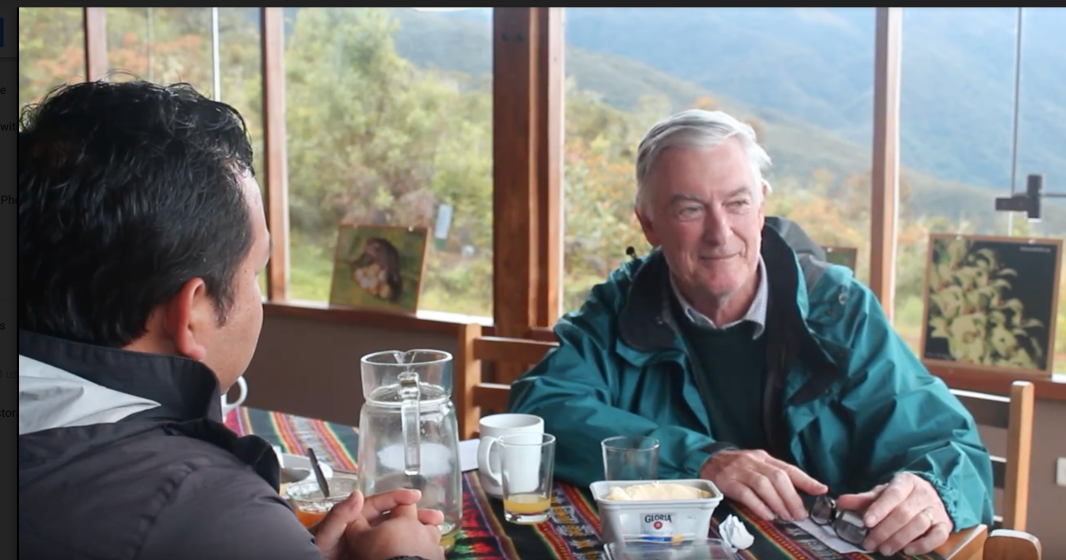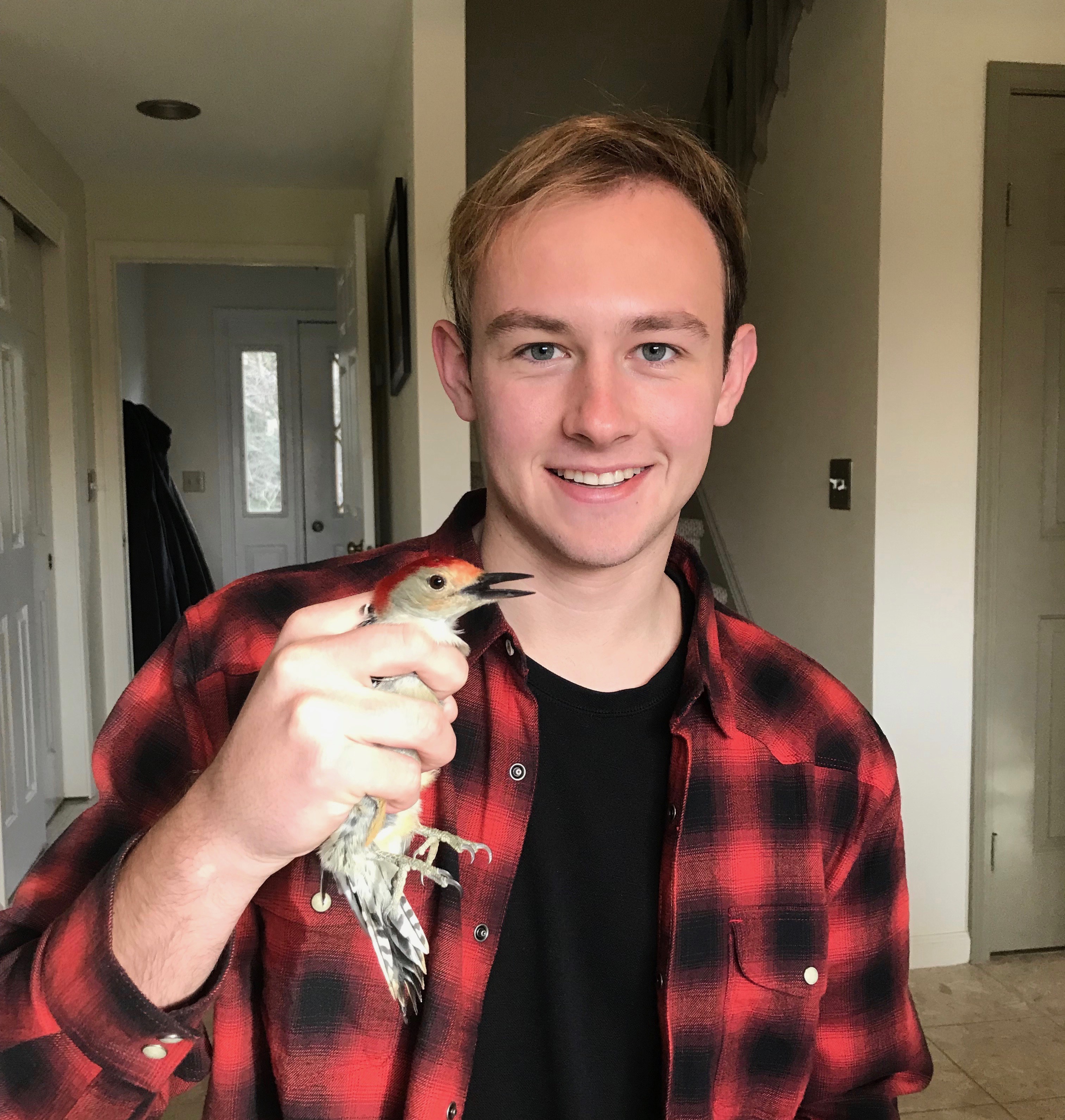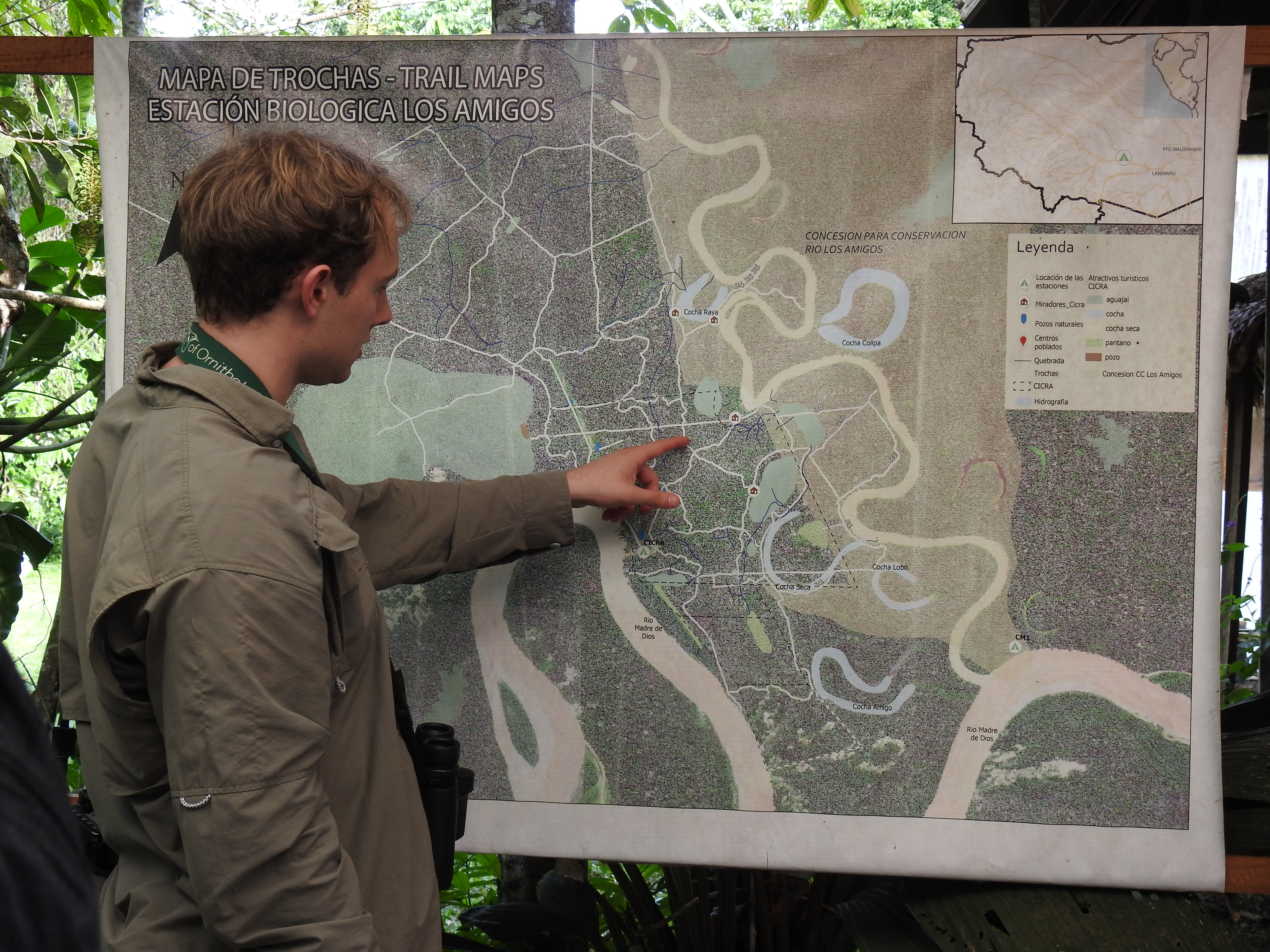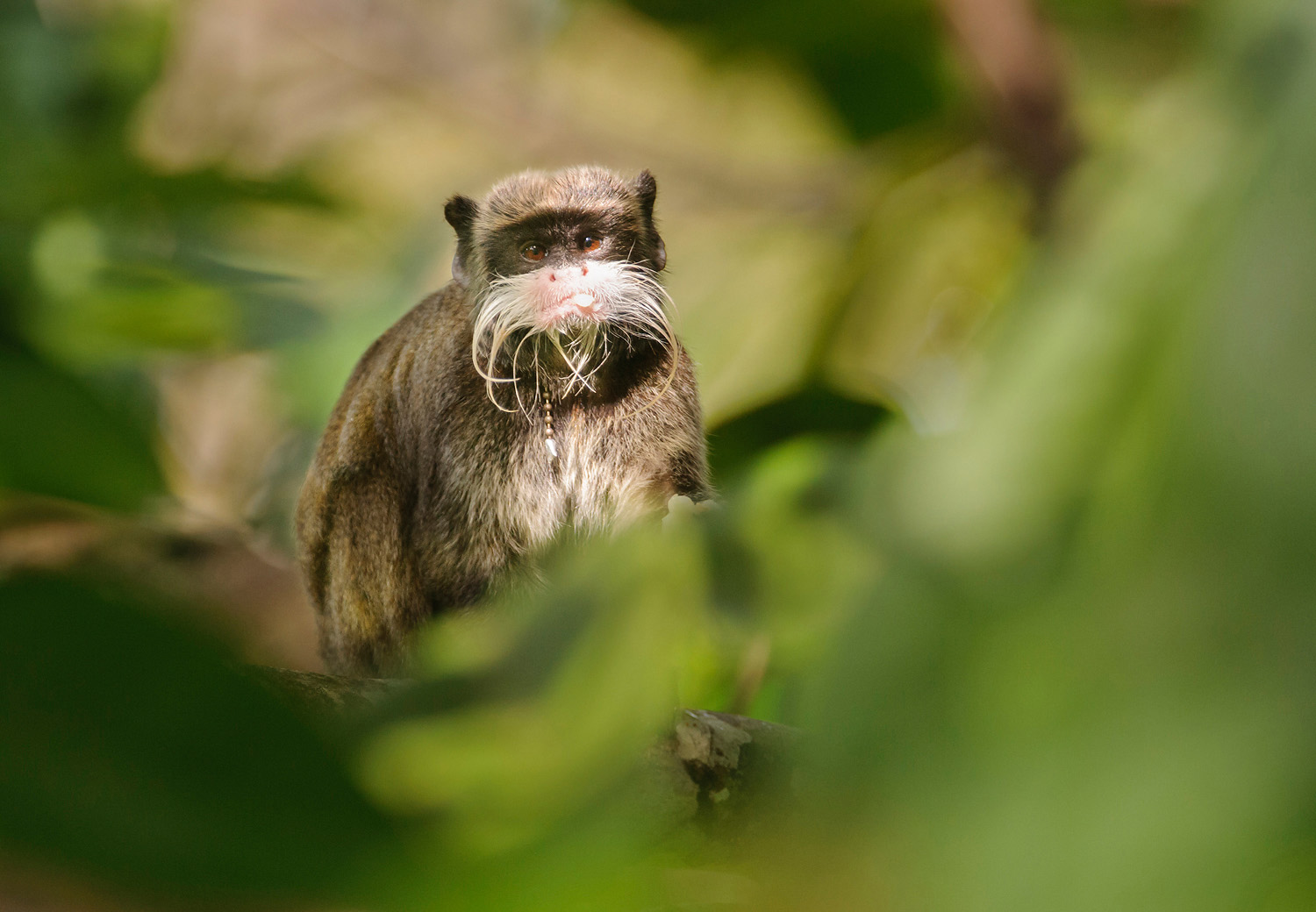Recently, we hosted a distinguished American ornithologist at two of our birding lodges in southeastern Peru. Dr. Robert Ridgely, whose name is synonymous with South American ornithology, was impressed by the “extraordinary habitat” surrounding the lodges, calling the deeply forested transect from Wayqecha Birding Lodge, high in the Andes, down to Manu Birding Lodge is one of the “the biggest, wildest montane forests” on the planet.
Dr. Ridgely is a distinguished author, ornithologist and conservationist, a leading expert on the birds of South and Central America and a proponent of private reserve systems as an added conservation strategy for endangered species. He is currently President of Rainforest Trust, but was long affiliated with the Academy of Natural Sciences of Philadelphia and the American Bird Conservancy. Throughout his career, he received many awards for his contributions to bird research and conservation.
In addition to his career in birding conservation, Dr. Ridgely is the author or co-author of seven books, including the acclaimed Birds of South America. And together with birder and recordist John Moore, Ridgely discovered the famous Jocotoco Antpitta, sometimes still called “the birds which barks.”
As co-founder of the Fundación de Conservación Jocotoco, which owns and manages eleven nature reserves in Ecuador, Ridgely came away really impressed with what Amazon Conservation has done “by marrying conservation and ecotourism. I had no idea Manu was such a big, wonderful place. The extent of bamboo, with all its attendant birds, is astonishing. And as the forest gradually recovers from past logging, it will only get better.”
During his stay at our stations, Ridgely was struck by how Peru’s migrant avifauna differed from that which he sees in Ecuador. In Ecuador and even further north in Peru, one encounters a higher density of what North Americans call “neotropical migrants.” These are birds that breed in North America but migrate south to spend the winter months in Central and South America or the Caribbean islands (the New World tropics).
But Peru, well south of the equator, supports a considerably lower number and density of these northern migrants. In a sense these are “replaced” (though they come at a different season) by austral (or southerly) migrants that have arrived from the southern reaches of South America (Click here to watch an animated migration map of 118 bird species.) These southerly migrants tend to be found in “the riparian and secondary habitats rather than the primary forest.”
In Peru, therefore, it’s not always about long-distance migrants, it also involves the migration of birds up and down the Andes Mountains and those that make smaller, local movements. No matter where the birds come from and where they go, “Migration is always fascinating,” said Ridgely. “I’d love to come back to see more.”
Amazon Conservation was very pleased to host Dr. Ridgely on his tour. We welcome scientists, researchers, students, birders, and nature lovers all over the world to visit our stations and see firsthand what Dr. Ridgely meant when he said:
“There is literally nothing like this anywhere else in the world.”
You, too, can experience the Amazon first hand. Make your travel plans at birding.amazonconservation.org.







Leave A Comment